A beginner’s guide on the legal risks and issues around NFTs
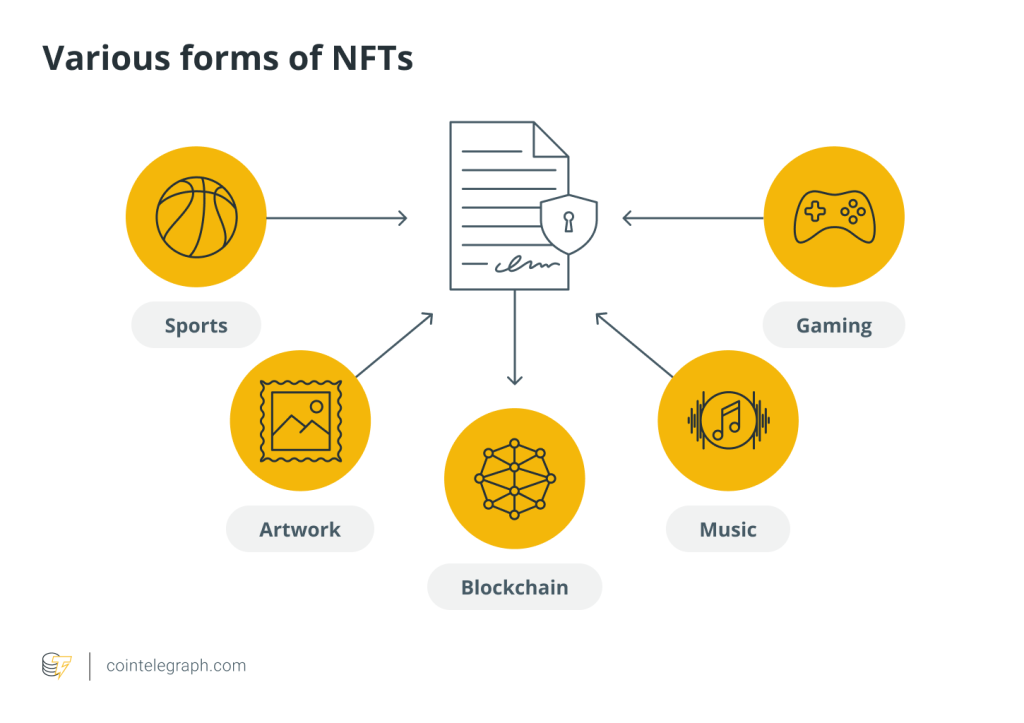

The rise of NFTs
Sales of nonfungible tokens (NFTs) have skyrocketed in 2021. The NFT market size was worth around $20 billion in 2021 and is expected to rise twice as much by 2025. This spectacular growth was unexpected at the beginning of 2021 when only a niche group of digital artists and cryptocurrency enthusiasts were making use of them — the decentralized finance (DeFi) space and NFTs grew in isolation.
Many businesses of different nature are issuing NFTs to raise brand awareness. The widespread adoption has contributed to the rise of NFTs in sports, like in the case of NBA Top Shot, in the gaming industry, through the Metaverse and in fintech like Visa acquiring one rare CryptoPunk.
In June 2021, Sotheby’s sold Larva Labs’ rare CryptoPunk #7523 for $11.8 million. Another famous auction house, Christie’s, sold Beeple’s NFT Everydays: The First 5000 Days for $69,346,250.
The unexpected and sensational evolution of these digital assets has raised concerns for regulators who have to deal with the legal issues that come with NFTs.
Keep reading to understand the risks and challenges of NFTs, the problems associated with NFTs, if NFTs are risky investments and the legal consequences of nonfungible tokens. However, please keep in mind that the information given in this article doesn’t provide legal advice, and you should seek legal assistance through official resources.
An NFT is a digital cryptographic way of proving the ownership and authenticity of an underlying asset. Nonfungible tokens demonstrate ownership of artworks or any other valuable item through unique identification codes and metadata to distinguish them from each other.
They are nonfungible because they are indivisible, unique, irreplaceable and can be anything from certification of an asset’s ownership, intellectual property rights, academic title, artwork, music composition, gaming or utility — the list can go on and on.
Similar to cryptocurrencies such as Bitcoin (BTC) and Ether (ETH), NFTs are created — or minted — timestamped and stored in open and permissionless blockchains. NFTs get minted through smart contracts that assign ownership and manage their transferability.

Smart contracts may be an essential part of the legal agreement between the buyer and the seller of an NFT because they can establish and define the terms of the sale via a source code. Thus, both parties can fix how interactions with the content can occur, for instance, or grant that access to the underlying asset can only occur after receipt of payment.
NFT risks vs. opportunities
The increasing interest in NFTs as a new asset class and their potential to generate multiple revenue streams are particularly appealing prospects for creators and investors. However, these new opportunities urge businesses to be cautious to avoid inevitable regulatory implications.
Similarly, ordinary digital creators, sellers and buyers must be aware of the risks inherent in producing and trading such assets.
To mitigate these risks, buyers should consider what they are purchasing, make sure that related smart contracts accurately indicate the terms and the rights they wish to acquire and only trade NFTs on reputable marketplaces.
While the trade of NFTs is usually considered the same strain of cryptocurrency, the market faces legislative problems with NFTs that combine many areas of law.
NFT participants should consider many different legal scopes including NFT privacy issues, security risks, copyright and ownership of intellectual property and Anti-Money Laundering (AML).
Local jurisdictions where the NFT is sold will generally regulate issuers and service providers. However, the intrinsically global nature of these digital assets usually requires a multi-jurisdictional assessment.
Legal issues and risks around NFTs
One of the first legal cases around NFTs involved British art collector Amir Soleymani, who filed a United Kingdom High Court claim over Beeple’s NFT Abundance auction against marketplace Nifty Gateway. Soleymani was solicited to pay for a different edition of the artwork he had bid for and when he refused to pay, Nifty Gateway froze his assets.
Nonfungible tokens are not explicitly regulated at the moment, and the Soleymani case indicates that the NFT market is still evolving alongside its legal and regulatory issues.
The international organization Financial Action Task Force (FATF) that sets up the Anti-Money Laundering and Combatting the Financing of Terrorism and proliferation (CFT) standards regards NFTs as “crypto-collectibles” and distinct from cryptocurrencies and virtual assets.
However, the FATF also recommends considering the nature of the nonfungible token on a case-by-case basis, focusing on its nature and practical function. The distinction primarily concerns whether they are viewed as payments or have an investment purpose.
Here we highlight the most common legal considerations, which are still undefined and waiting for a resolution.
Copyright, intellectual property rights, ownership rights
The main issue for an NFT buyer is understanding what rights they are acquiring. The seller can still retain copyright relating to the nonfungible token on sale. A clear example is a video of a slam-dunk from famous basketball player LeBron James.
The video was released as part of limited-edition collectibles of NBA highlight clips. NBA fans can buy and sell the collectibles in the Top Shot NFTs market. However, the copyright belongs to the NBA and reproduction of any purchased item remains subject to the NBA licensing terms.
On the other hand, sellers should be careful not to give up unintentional rights and make all terms as straightforward as possible to avoid potential purchaser claims over alleging misrepresentation of the rights on offer.
As mentioned earlier, smart contracts are a crucial component of the NFT agreement. In the same way that we would read the fine print of a contract, significant attention should be paid to the coding embedded in the NFT, such as the royalties or commission on the future resale of the token.
In essence, the copyright holder is the individual or a company who owns all rights and can block an NFT publication, amendment, distribution and showcase of the work unless exclusive rights are granted to another person or entity.
If the contract terms are breached, NFT marketplaces reserve the right to freeze users’ assets or delete their accounts — including any artwork — without even providing any notification.
Privacy and data protection laws
Data protection laws, especially within the General Data Protection Regulation framework in the EU, tend to give individuals the “right to be forgotten” and the right to either rectify or even erase their data from both public and private businesses.
Blockchain technology’s immutable property might make this privilege impossible to exercise or burdensome to implement. For this reason, nonfungible tokens that contain personal data might infringe data protection laws.
Money laundering
NFT platforms are increasingly scrutinized in relation to AML regulation. With the rise of the NFTs’ value, concerns that bad actors could use them to circumvent laws like AML are also growing.
Considering that crypto offers decent anonymity to both sellers and buyers, ill-intentioned actors could benefit from NFTs in laundering money more easily than the standard channels. NFT marketplaces must be aware and promptly respond to such risks and ensure that they comply with the relevant regulatory framework.
Security
Being a relatively new technology, NFTs do not yet provide a satisfactory level of security to protect their users and investors. Cyber-hacking and stealing of assets can jeopardize NFT security. Since NFT marketplaces are centralized and hosted on the servers of third-party websites, NFT security risks are a genuine concern.
While it’s unfortunately common in the cryptocurrency and digital spaces, heists by impersonators are somehow difficult to stop by law. The bad actors who impersonate platforms, exchanges, influencers or wallets to steal users’ data and access their assets have increased since the substantial growth of NFTs’ value.
Platforms like Nifty Gateway own the private keys of all assets. Therefore, hackers may exploit vulnerabilities, compromise the security of the platform and steal large amounts of NFT, as recently happened in the case of the OpenSea phishing scandal.
Estate and succession planning
Similar to cryptocurrency, estate and asset succession must be well thought out by NFT owners. The only way to secure a smooth succession is to guarantee that future beneficiaries can access private keys, passcodes and related security settings.
Involving third-party legal assistance can be an option. However, blockchains must find easy ways for successors to access digitally stored assets without resorting to intermediate players.
Environmental impact of NFTs
One of the main issues that many investors face with nonfungible tokens is that NFTs can be bad for the environment and the actions that can be taken to legally prevent problems for businesses tied to NFTs that are inefficient from an energy perspective.
Environmental issues are increasingly higher on the corporate agenda, especially in terms of governments’ endorsed policies. Therefore, NFT-related businesses should align with such policies by making public disclosures on their websites and pre-agreement documentation.
Recently, a controversial proposed regulation by the EU aimed at restricting usage of proof-of-work (PoW) blockchains because of their environmental issues, which would have inevitably affected the NFT market. However, the law was rejected by the European Parliament to the relief of the cryptocurrency community.
Risk of fraud
Despite the immutability, transparency and time-stamped ownership properties of blockchain technology, the risk of fraud endures across the market because all these properties are only valuable after the data is encoded in the blockchain.
In essence, the existing data cannot be forged, but any bad actor can embed fraudulent data in the blockchain. For instance, they could mint the replica of an NFT that does not belong to them without the creator’s permission.
Notorious is the case over a fake Banksy that raised $1 million in ETH from NFT sales last year. Before investing a large amount of money into an asset, further and thorough research into the NFT’s history and storage should always be assessed.
Taxation aspects
Can you make money with NFTs? The simple answer is yes. However, considering the risks, the legal and the tax implications, you need to assess if NFTs are worth it and if they have a future.
As with cryptocurrencies, the law has been slow to catch up with NFTs’ legal issues and taxation, remaining a somewhat gray area in determining where NFTs fall within the tax purposes framework.
NFTs tax treatment for creators vs. investors
As taxes and related regulations are different worldwide, NFT creators and investors should familiarize themselves with local laws. NFTs are subject to taxation everywhere, and the terms and amounts owed will depend on the nature of the business. Are you the artist or the investor of the NFT?
In simple terms, creating an NFT does not fall under the category of a taxable event. Selling it as a regular business or investment is a different story.
The NFT creator who sells the digital asset for ETH on one of the available marketplaces would be charged an income tax on the settlement received. If the creator immediately converts the ETH received into any fiat currencies, then a taxable event is triggered as capital gains/loss.
If the sale happens after one year, for example, the taxable amount is different and calculated according to the local jurisdiction tax laws. Some define that when an asset is held longer, the taxes are usually expected to be of a smaller amount.
The purchaser who buys the NFT for ETH, on the other hand, will have to settle for capital gains or losses, depending on whether the value of ETH has grown or fallen since it was acquired.
The future of the NFT regulatory landscape
The current legislative framework is not designed for the rapidly evolving cryptocurrency environment and the fast rise of NFTs.
These types of digital assets are expected to be increasingly employed in everyday life — from the Metaverse virtual existence to real-world applications like identification or academic certificates — which means that any future regulation will have a crucial impact on the way they will be used. Regulators will have a responsibility in offsetting NFT laws without hindering innovation and adoption.

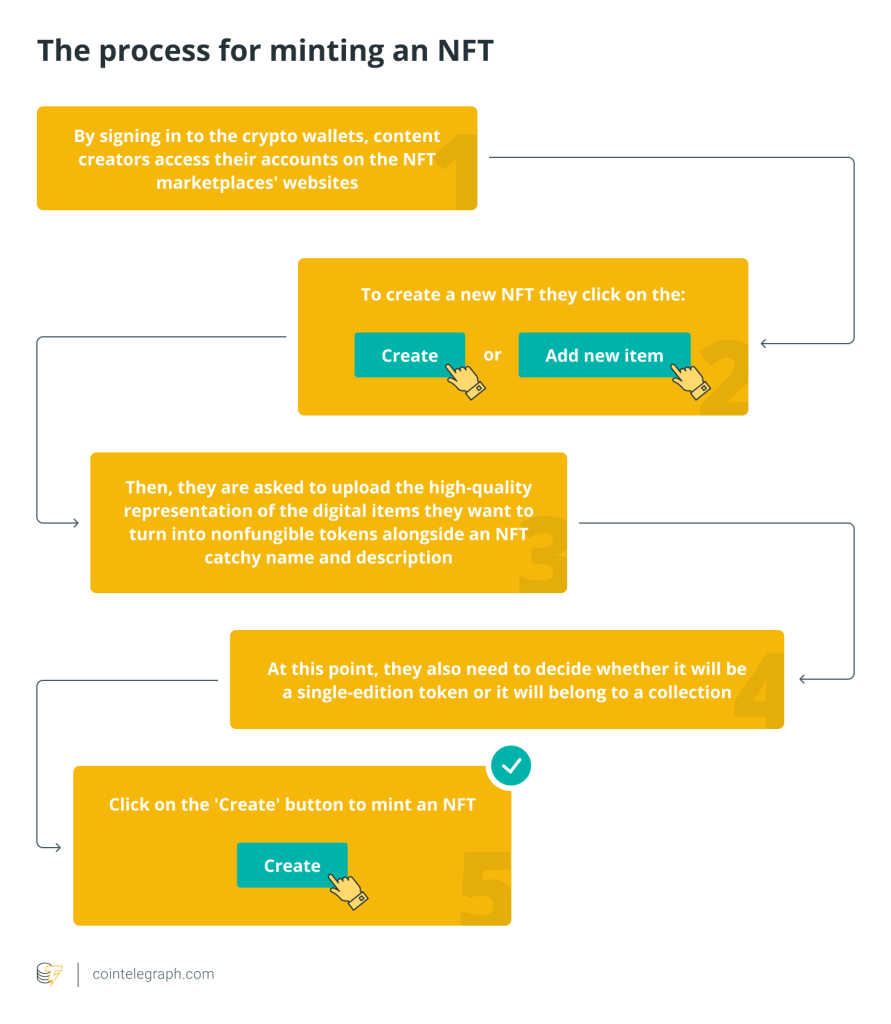
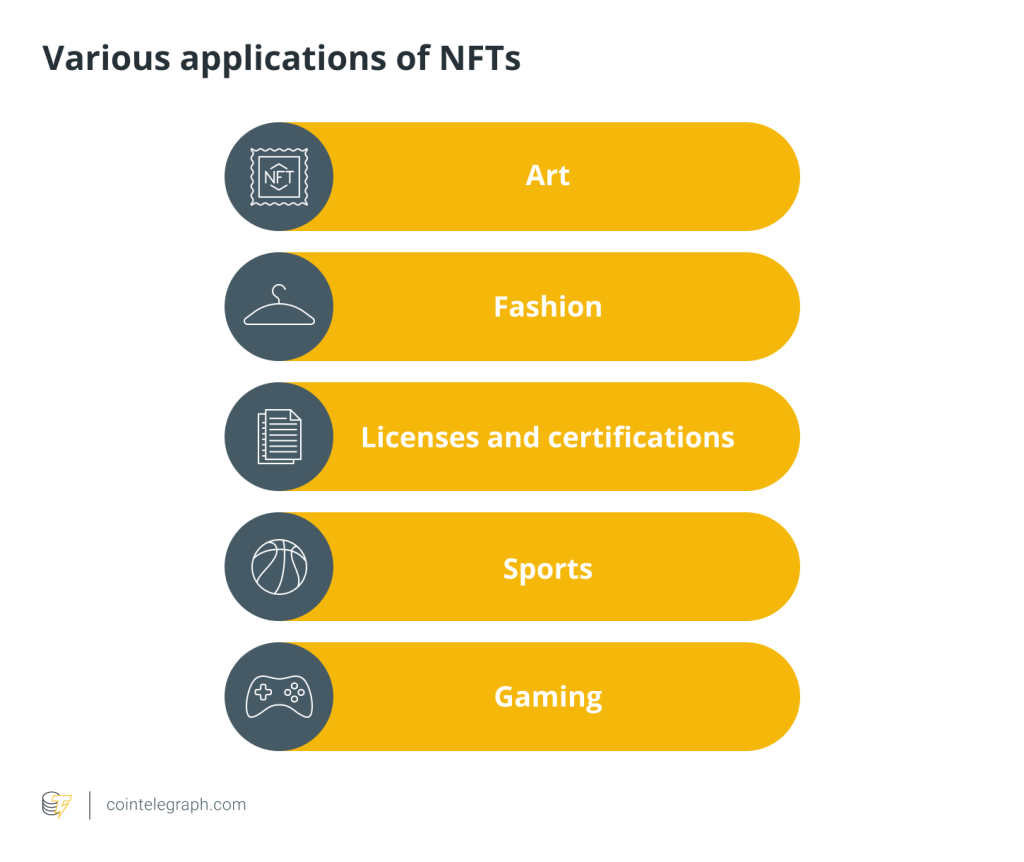
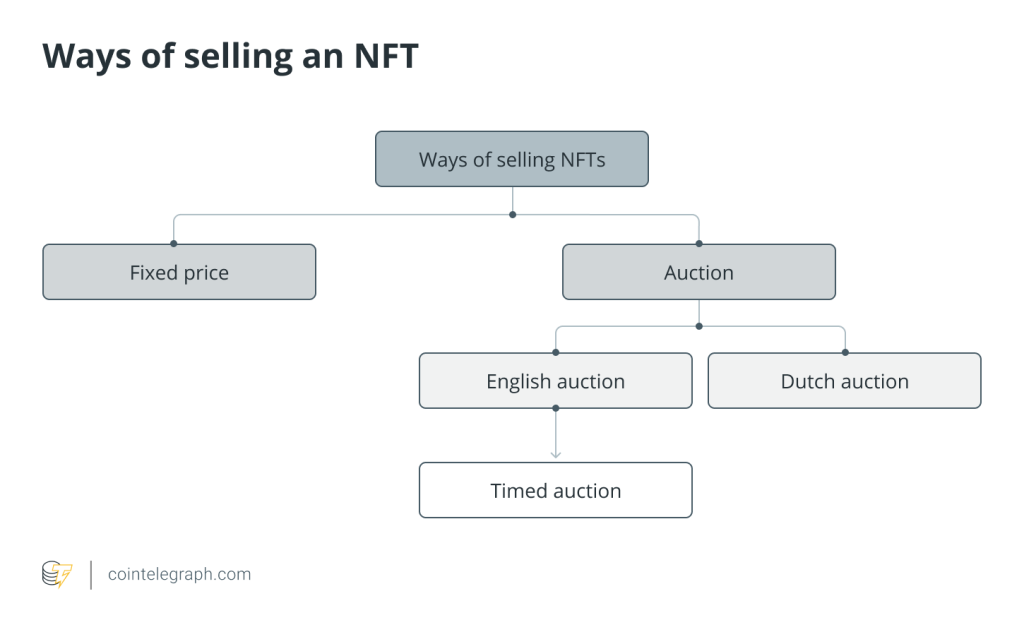
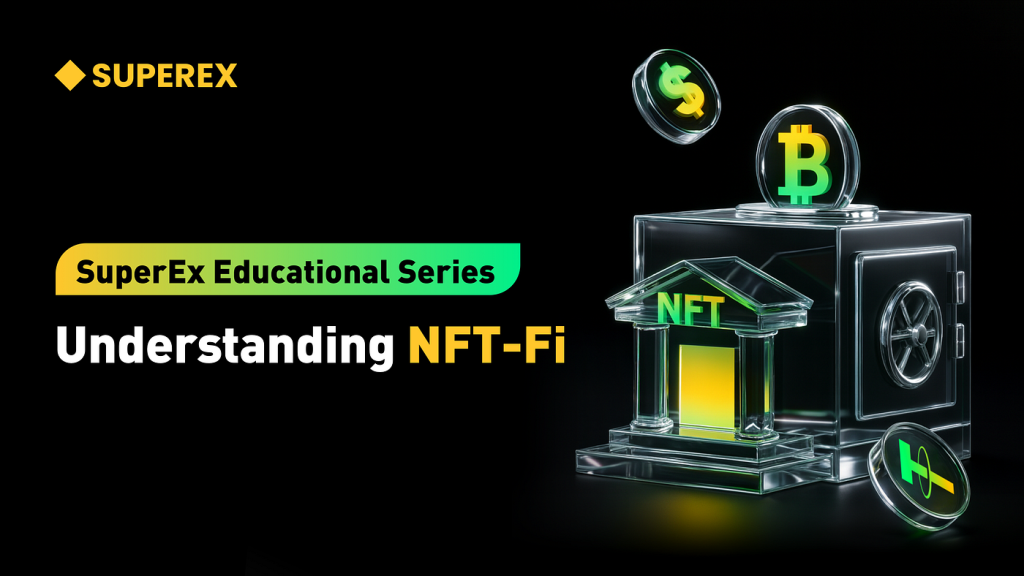
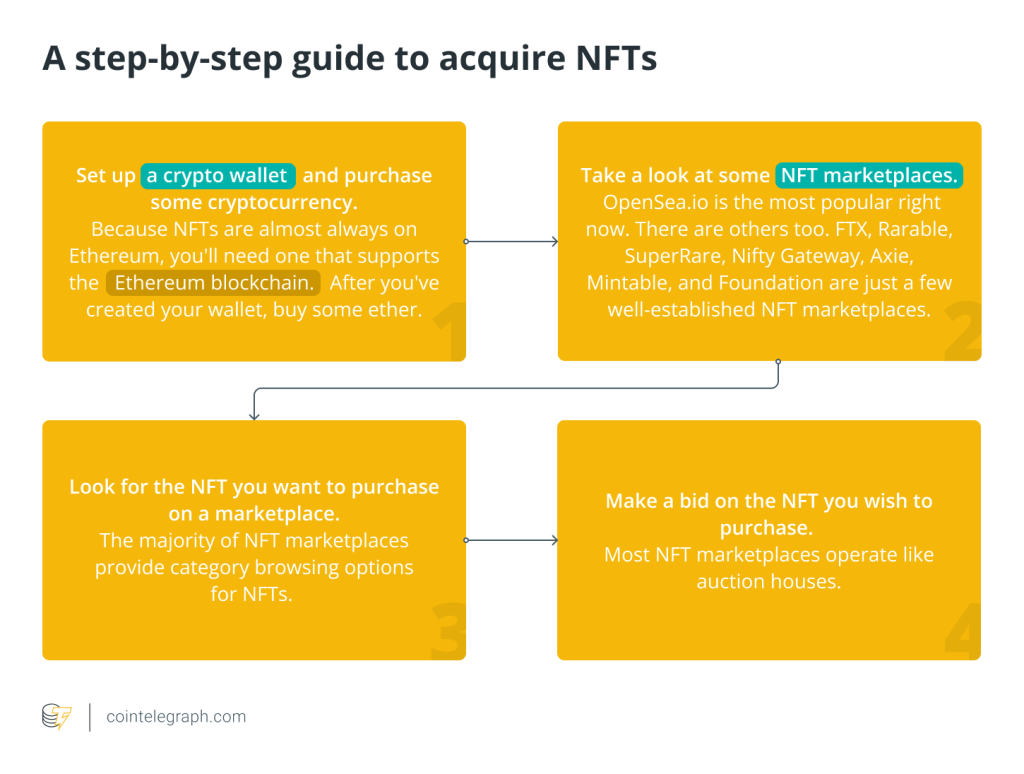
… [Trackback]
[…] Find More to that Topic: x.superex.com/academys/beginner/2509/ […]
… [Trackback]
[…] Read More on on that Topic: x.superex.com/academys/beginner/2509/ […]
… [Trackback]
[…] Info to that Topic: x.superex.com/academys/beginner/2509/ […]
… [Trackback]
[…] Read More to that Topic: x.superex.com/academys/beginner/2509/ […]
… [Trackback]
[…] Info to that Topic: x.superex.com/academys/beginner/2509/ […]
… [Trackback]
[…] Information on that Topic: x.superex.com/academys/beginner/2509/ […]
… [Trackback]
[…] Info to that Topic: x.superex.com/academys/beginner/2509/ […]
… [Trackback]
[…] There you can find 79304 additional Information to that Topic: x.superex.com/academys/beginner/2509/ […]
… [Trackback]
[…] Find More Information here on that Topic: x.superex.com/academys/beginner/2509/ […]
… [Trackback]
[…] Here you can find 9767 more Information to that Topic: x.superex.com/academys/beginner/2509/ […]
… [Trackback]
[…] Read More on that Topic: x.superex.com/academys/beginner/2509/ […]
… [Trackback]
[…] Read More here on that Topic: x.superex.com/academys/beginner/2509/ […]
… [Trackback]
[…] Information to that Topic: x.superex.com/academys/beginner/2509/ […]
… [Trackback]
[…] Read More Information here on that Topic: x.superex.com/academys/beginner/2509/ […]
… [Trackback]
[…] Find More Info here on that Topic: x.superex.com/academys/beginner/2509/ […]
… [Trackback]
[…] Find More to that Topic: x.superex.com/academys/beginner/2509/ […]
… [Trackback]
[…] Find More on that Topic: x.superex.com/academys/beginner/2509/ […]
… [Trackback]
[…] Information on that Topic: x.superex.com/academys/beginner/2509/ […]
… [Trackback]
[…] Here you can find 8772 more Info to that Topic: x.superex.com/academys/beginner/2509/ […]
… [Trackback]
[…] Info to that Topic: x.superex.com/academys/beginner/2509/ […]
… [Trackback]
[…] Read More on on that Topic: x.superex.com/academys/beginner/2509/ […]
… [Trackback]
[…] Read More to that Topic: x.superex.com/academys/beginner/2509/ […]
… [Trackback]
[…] Find More here to that Topic: x.superex.com/academys/beginner/2509/ […]
… [Trackback]
[…] Info on that Topic: x.superex.com/academys/beginner/2509/ […]
… [Trackback]
[…] Read More Info here to that Topic: x.superex.com/academys/beginner/2509/ […]
… [Trackback]
[…] Find More to that Topic: x.superex.com/academys/beginner/2509/ […]
… [Trackback]
[…] Find More Information here on that Topic: x.superex.com/academys/beginner/2509/ […]
… [Trackback]
[…] Find More on to that Topic: x.superex.com/academys/beginner/2509/ […]
… [Trackback]
[…] Read More on on that Topic: x.superex.com/academys/beginner/2509/ […]
… [Trackback]
[…] Here you will find 19731 additional Information on that Topic: x.superex.com/academys/beginner/2509/ […]